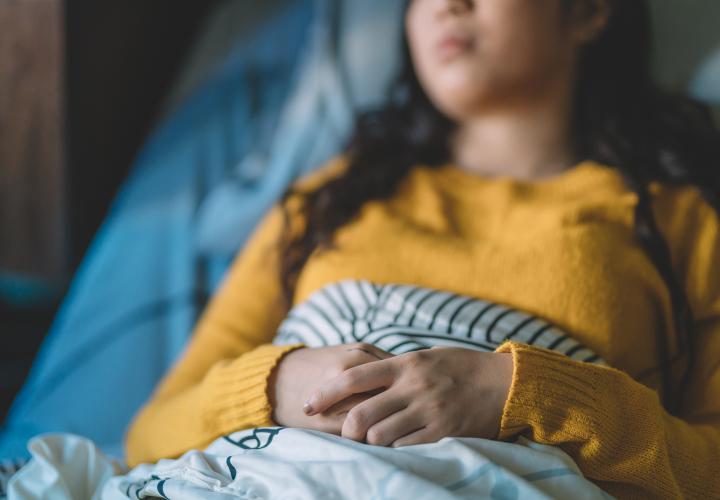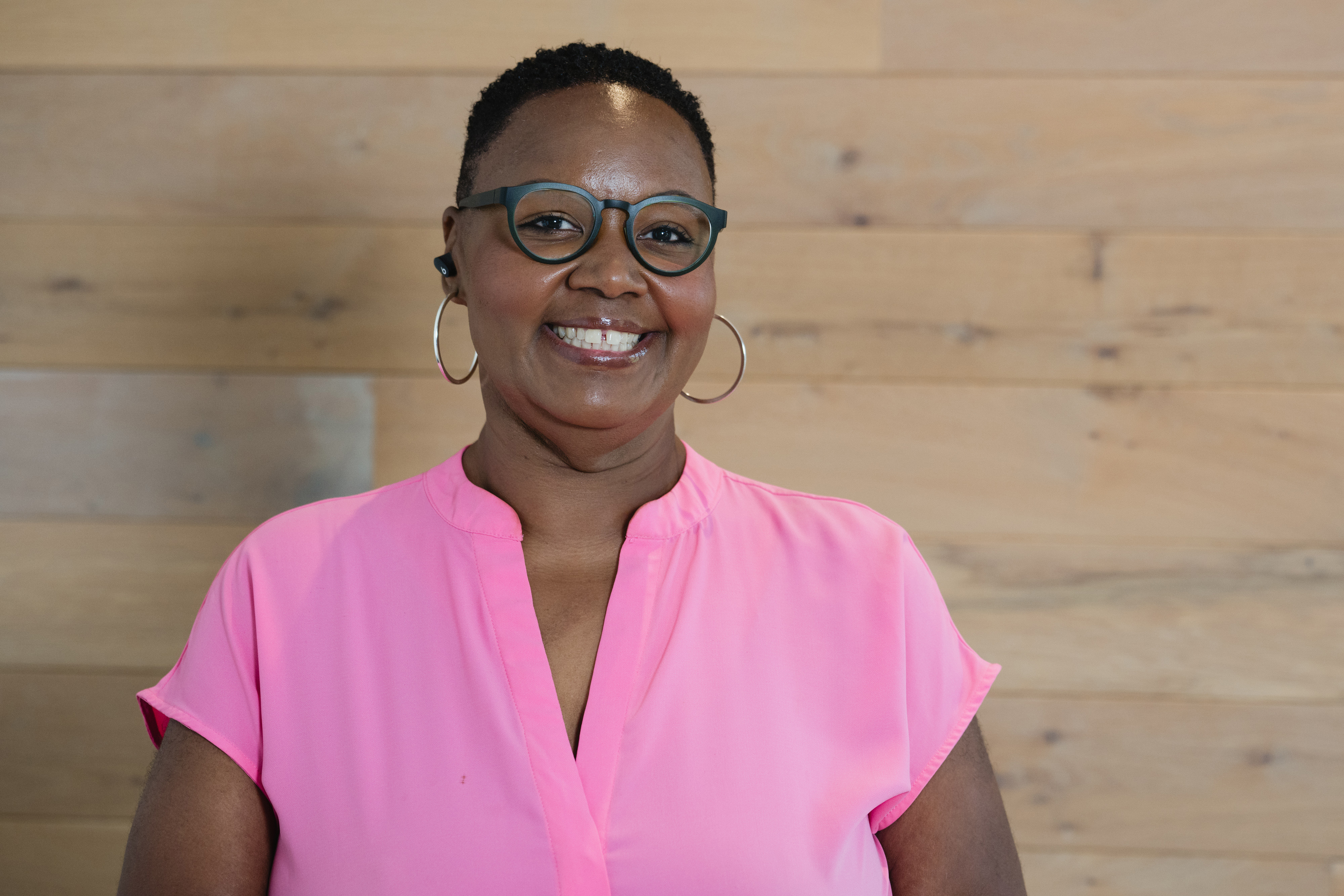When a patient arrives at the hospital after experiencing violence, their recovery often involves much more than just treating physical injuries. Renee Beavers, a Hospital-Based Violence Intervention Program (HVIP) Specialist at Connecticut Children’s, plays a key role in supporting victims of violence through the Hospital-Based Violence Intervention Program. Working closely with the Injury Prevention Center in the Office for Community Child Health, Renee helps connect patients to vital resources and services that address both their immediate and long-term needs.
In this conversation, Renee shares her journey into this field, the work HVIP does, and the impact it’s having on the Hartford community.
Can you tell us about your role and how you got into hospital-based violence intervention work?
As an HVIP worker, I collaborate closely with the Trauma Team at Connecticut Children’s. When the hospital's alert system notifies us of a patient who has experienced violence and is admitted to the ER, I visit the bedside to speak with the patient and their family. During these conversations, I explore the circumstances surrounding the injury and offer referrals to services provided by Community-Based Organizations (CBOs) that can support them.
Although I am new to violence intervention work, I have spent the past 20 years serving families in Hartford, where violence has long been a significant issue. I was unaware of the specific work being done in this field until this initiative was established. I continue to learn from those who have dedicated their careers to addressing violence and supporting affected individuals and families.
What is a Hospital-Based Violence Intervention Program (HVIP) and how is it different from other violence prevention programs?
The HVIP program is a new initiative in the City of Hartford, designed to support victims of violence during their hospital stay. This program goes beyond addressing physical needs by offering patients the opportunity to change the trajectory of their lives. Staff are hired to visit patients at their bedside, providing services that address their mental, financial, and emotional well-being. HVIP collaborates with CBOs that can also meet patients at their bedside, offering additional support tailored to the patient’s needs. By connecting patients with these services, HVIP ensures they continue to receive support even after discharge.
What are the most common types of violence you help survivors with?
Injuries addressed by the program range from gunshot wounds and stabbings to physical assaults. Since the program's inception, gunshot victims have been the most frequently seen injury type.
What kind of support do you offer to people referred to the program?
Through partnerships with community organizations, patients are provided with a range of services, including financial assistance, case management, relocation support, mental health services, mentoring, legal assistance, and wound care following their discharge.
How does the program help people dealing with trauma or mental health challenges after violence?
Those working with this population are trained to be trauma-informed, understanding the significant impact violence has on a patient. A key aspect of our work is helping patients recognize that they have experienced a traumatic event. Together, we discuss potential symptoms they may encounter, and we offer all victims of violence assistance in connecting to mental health services.
How does the program work with law enforcement or other community organizations?
Many of our patients who arrive for care following a violent incident are often accompanied by law enforcement. To ensure a clear understanding of the rights and responsibilities involved, we have partnered with local law enforcement to outline the hospital's duty to protect patients once they are admitted. Additionally, we have established a coalition with three local hospitals and law enforcement to enhance our collective understanding of each organization's role and to help law enforcement become familiar with the hospitals' policies and procedures.
What advice do you have for someone at risk of violence or struggling with its aftermath?
If you or someone you know is struggling, don’t hesitate to reach out for help. There are dedicated individuals and organizations committed to reducing violence in our city. These groups are active in our neighborhoods, ready to offer support and alternative options for those seeking to change their lives. I work closely with several community-based organizations, including Compass Youth Collaborative, Mothers United Against Violence, and Hartford Communities That Care. These organizations are all prepared to assist youth and families navigating difficult situations involving violence.
What impact do you hope to have on your community through your work in violence intervention?
Our goal is to reduce the rate of re-injury for patients, as we know that healing from violence is not just about physical recovery but also about addressing the root causes and offering ongoing support. Ultimately, we hope to see a broader reduction in violence throughout the City of Hartford. By providing resources, education, and support to individuals affected by violence, we aim to help break the cycle of harm and create safer, healthier communities. Through continued collaboration with local organizations, law enforcement, and healthcare providers, we are working toward a future where fewer individuals are affected by violence, and those who are can access the services they need to heal and rebuild their lives.

